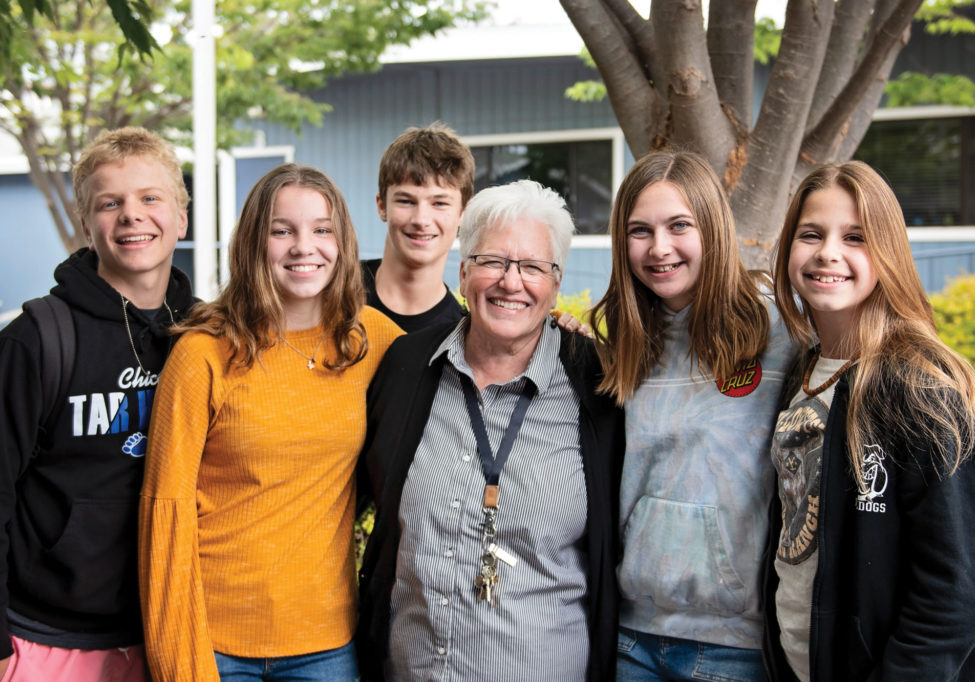- Does your child love reading and writing?
- Do they have a knack for music?
- When they tell a story, do they tend to use their whole body to describe what happened?
- Are they drawn to groups or prefer to work alone?
These traits can give a clue about your child’s learning style. A learning style is a method a person uses to learn and should be used to maximize learning. It’s important for parents to understand their child’s learning style so that they can help them find study methods, environments, and activities that help them learn best. (Source: http://www.classroom.com)
Visual
Visual learners prefer seeing pictures and images to learn new things. They typically have good spatial awareness skills. Kids with this learning style understand maps and have a good sense of direction. They usually love doodling and drawing. Study habits best for these learners are to write information down, underline or highlight as they read, use colorful diagrams, charts, and pictures to enable them to visualize what they want to remember.
Auditory
Auditory learners are typically drawn to music. They may sing, play a musical instrument, or have the ability to pick individual musical instruments out of a piece of music. They may hum, sing, or tap their feet while they work. Using music and rhythm to remember information can be helpful for kids who have this learning style.
Verbal
Kids with a verbal learning style can easily express themselves in both spoken and written communication. Verbal learners have a strong understanding of the meaning of words and will consistently seek out new words that they will later use to communicate with others. Using acronyms, reading information aloud while learning new things, and role-playing can be helpful for the verbal learning style.
Physical
Kids who prefer using their bodies, hands, and sense of touch prefer the physical learning style. They may enjoy drama, dancing, woodworking, or exercise. They would rather go for a run or walk when something is bothering them than sit at home and think it through. These kids use hand gestures and body language to communicate and are very aware of the world around them. Sitting and listening to a lecture can be a challenge. Incorporating the physical objects they are learning about, allowing movement whenever possible, writing, drawing, and using flashcards can be helpful. Frequent breaks can help the physical learners feel more prepared for study time.
Logical
Kids with a logical learning style generally excel in math and critical thinking. They can recognize patterns and commonalities in seemingly unrelated content. They often understand and work complex calculations in their head. Problems are usually tackled systematically and they enjoy creating lists, agendas, charts, and procedures. Logical learners need not simply memorize information; it is retained long-term if they understand the concepts and reasons behind it.
Social
Social learners love working in groups or participating in classes. They enjoy sharing their ideas with others and listening to what others think. Kids with this learning style are good at both verbal and nonverbal communication and understand others as well. They prefer to work through challenges in a group and will often be found staying after class to chat with friends. Kids with this learning style will enjoy role-playing, studying in groups, or sharing what they have learned with others.
Solitary
Solitary learners often prefer working alone and enjoy thinking and reflecting on things. They tend to be independent, introspective, and private. They are good at focusing on a task and have strong concentration skills. They may also enjoy keeping a journal to reflect on personal thoughts and feelings. Kids with this learning style prefer to study alone in quiet spaces.
Understanding your child’s learning style is vital to you helping them get the most out of their education while identifying ways to handle challenges that may occur because of their preferred learning style. Also, parents can use this to their advantage to appeal to their child’s interests when learning new things. Don’t be surprised if your child seems to have a combination of learning styles as this is very common. When caring adults understand a child’s strengths and weaknesses when it comes to learning, it can only improve their experience at school and their study habits at home.
Posted in: Education
Comment Policy: All viewpoints are welcome, but comments should remain relevant. Personal attacks, profanity, and aggressive behavior are not allowed. No spam, advertising, or promoting of products/services. Please, only use your real name and limit the amount of links submitted in your comment.
You Might Also Like...

Tips to Make Summer Reading Part of Summer Fun
June is routinely seen as the end of the school year and August as the start of another. For children, summer vacation is a time for carefree fun, rid of any […]

Chico Country Day School’s Project Based Learning
A public charter school, Chico Country Day School (CCDS) works with its students to put on a twice-yearly Exhibition of Learning, a vital component of the CCDS Project-Based Learning model. […]
Science Fair Projects: Tackling the Challenge of Choosing a Good Research Question
If you are a student, you may have discovered that one of the most challenging parts of the science fair process is choosing a researchable topic that is both relevant […]

Teaching Children Tolerance and Celebrating Diversity
According to the latest FBI data, there were 5,818 single-bias hate crimes committed for the year 2015 alone. Of concern to parents, according to various agencies, young men under 26 […]

Bev Landers – A Force for Good For Thousands Of North State School Kids
“My earliest memories are of teaching all my stuffed animals and dolls,” says Bev Landers, Paradise Charter Middle School’s principal and superintendent. “I started babysitting at age 11, as soon […]
Mi Escuelita Maya Preschool & Children’s Performing Arts Program – A Place of Learning and Inspiration
In a setting best described as welcoming and warm, where diversity is honored and creativity abounds, children go about the business of learning with great enthusiasm. Smiling teachers clearly are […]


